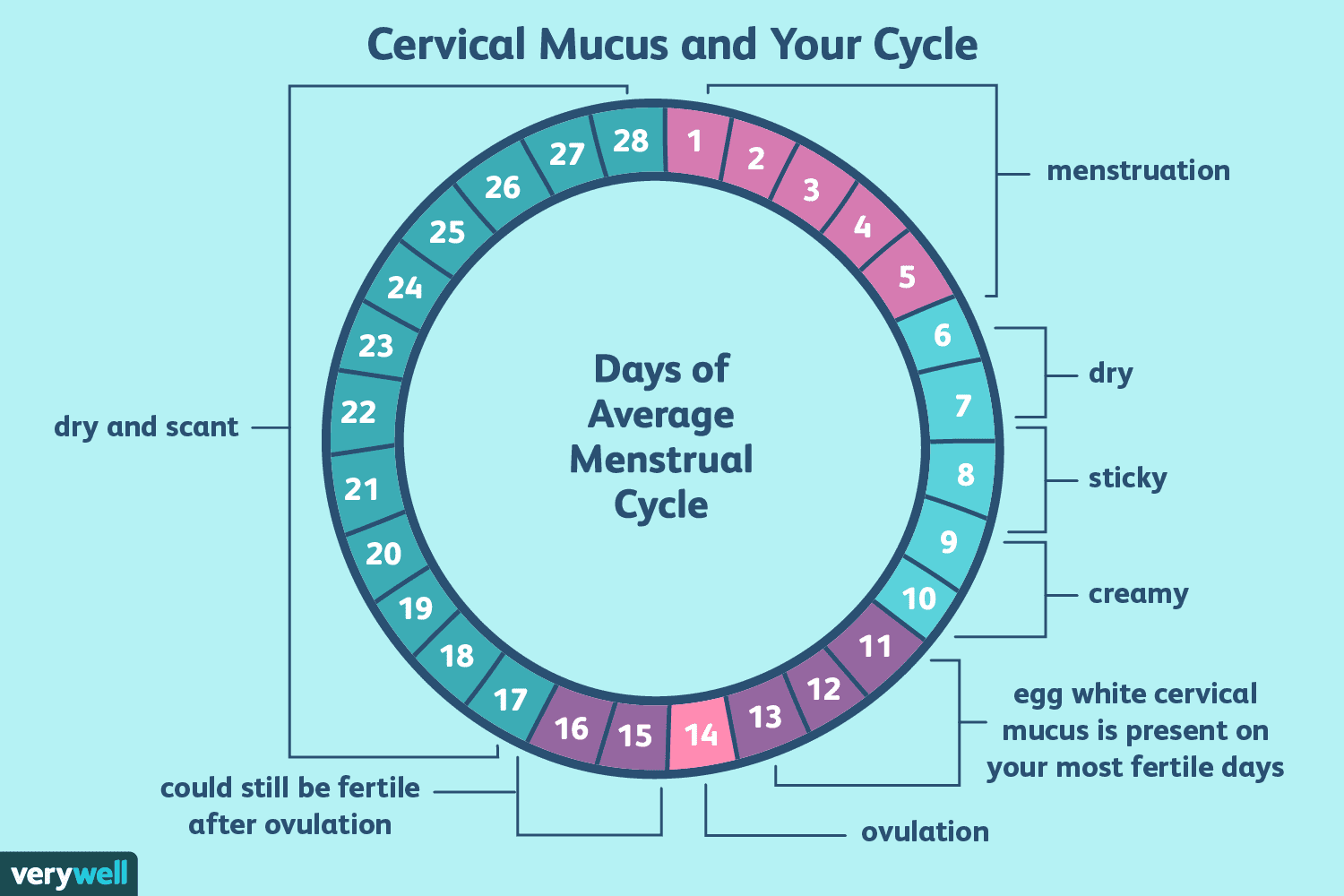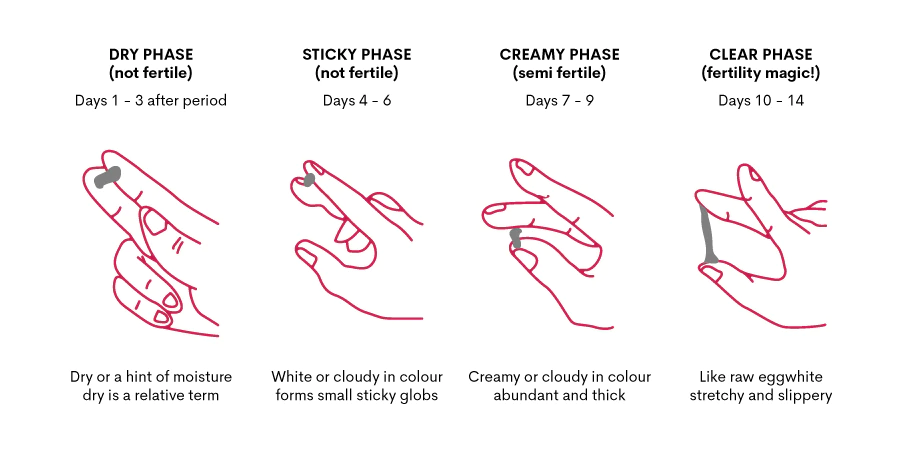Like a menstrual cycle, there’s also a discharge cycle in a woman’s life. Every woman grew up to appreciate and understand the power of menstruation. But very few women know about the phases of discharge.
Reasons for not knowing it?
1. It is random
2. Usually not accompanied by blood
3. Smells funny whenever it can
4. It gets altered every time there is sexual activity
5. It is not menses!
6. Women come to know about it only when they wash their panties the next day.
Before you comprehend all vaginal discharge cycle, let us tell you about a reproductive woman’s cycle-
1. Menstrual stage – vaginal bleeding for 1 to 5 days
2. Proliferative stage (when your uterus thickens again / ovaries produce the egg to fertilize it or release it – if there is no fertilization) – 7 to 12 days
3. Ovulatory stage (egg releases from the ovaries into the uterus) – 12 to 15 days
4. Luteal stage (if the egg gets fertilized, it gets stuck in the uterine line, or, if it does not get, it releases through the vagina as corpus luteum- white discharge) – 16 to 28 days
Vaginal cycle of discharge, and what does your panty tell you?

1. Immediately after menses –
Vaginal discharge or cervical fluid is absent and dry. Ovaries are producing estrogen, and the level is rising.
2. Days flowing into the ovulatory phase –
Vaginal discharge is sticky, white, non-smelly, creamy, and lotion-like. This fluid could be yellow, more wet, cloudy, or tacky. More the estrogen, the more the cervical fluid.
3. When it is ovulation time –
Cervical fluid is now eggy, wet, clear, stretchy, and slippery to touch. The discharge is now 95% water and 5% electrolytes, soluble proteins, and organic compounds. During ovulation, there is a maximum amount of cervical fluid. Cervical fluid is called ovulation discharge during this time of the woman’s month.
4. Luteal period –
Cervical fluid is now sticky/tacky and dry/absent. It is so thick that it will not allow the sperm fluid to get to the uterus. The credit of fluid thickness goes to the Progesterone hormone.
Signs of abnormal vaginal discharge
Now that we know how a normal vaginal discharge looks, it is more than just mandatory to understand what an abnormal vaginal charge is.

For one, it could mean something is serious with your uterus. And for two, hormonal changes are happening in your body, and a deep-seated root problem could be the reason behind it.
Abnormal vaginal discharge appears to have –
Consistency – too thin or too thick, more in chunks
Odor – metallic, different, or fishy
Color – yellow, brown, green, or gray
Volume – you notice it to be more in amount.
How should you deal with abnormal vaginal discharge?
The next step is kind of weird, but you might not want to deteriorate your vaginal discharge issue any further. So hold your horses; you only have to get your yearly pelvic examinations and Pap smear done. There is nothing to be scared of. Your gynecologist will also check for any abnormalities in the cervix during these procedures.
Now let us move to the most common infection that most women suffer from but do not like to address-
YEAST!
Yes, the yeast infection.
No, not the yeast you find on your bread! Yeast infection on bread is Saccharomyces cerevisiae, and the yeast infection on your vagina is Candida albicans.
A piece of fact? Yeast likes your vagina. The presence of it on your vagina is usual. But when it starts to multiply, it can trouble you.
How does it trouble you?
Yeast infection of the vagina has three crucial symptoms-
- White cottage-cheese (paneer) like cervical fluid discharge
- Burning
- Itching
What makes it multiply?
- Stress (A major shareholder of all problems in the body)
- Diabetes (do you faint often? Or feel hungry too often? Check your sugar levels, dear)
- Usage of birth control pills (It leads to havoc like situation in the hormones)
- Pregnancy (increased levels of estrogen)
- Antibiotics (used for more than ten days)
Concluding lines
Quick ways to deal with vaginal discharge –
- Wear breathable cotton panties; it gives air to your vagina. Like you need air to breathe, the vagina needs it too.
- Use protection while having coition; this can prevent a bloody vaginal discharge.
- Eat yogurt as it contains probiotics. Probiotics help prevent yeast infections.
- Avoid Sexually Transmitted Diseases by washing your vagina and peeing after having coition.
- Practice meditation and yoga to relieve stress and anxiety.


